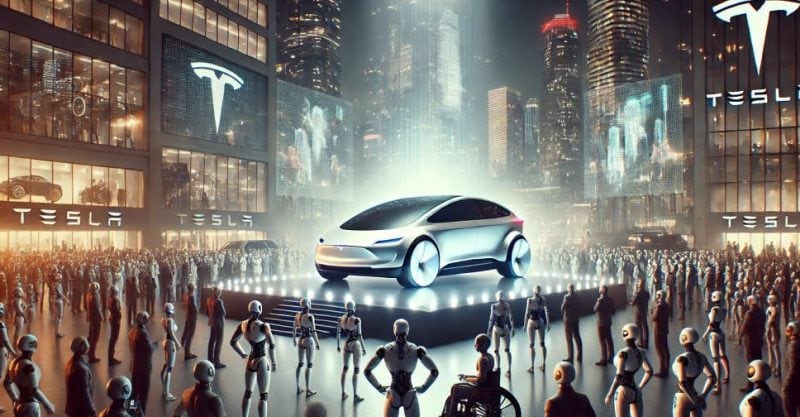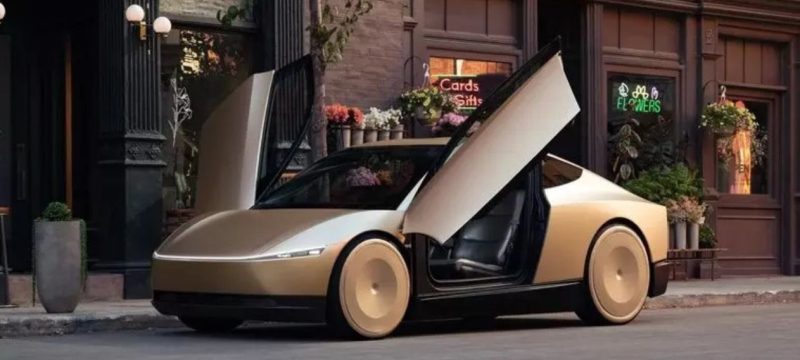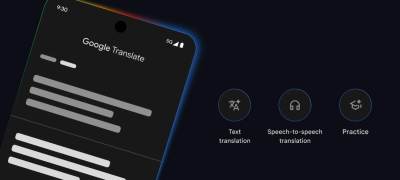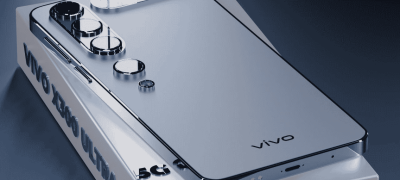At a highly anticipated event on Thursday, Tesla CEO Elon Musk unveiled a long-awaited robotaxi featuring two gull-wing doors and lacking a steering wheel or pedals, marking a significant step towards the electric vehicle maker’s future growth. Musk arrived on stage in the new vehicle, named Cybercab, announcing that production is set to begin in 2026, with a price tag under $30,000 and an operational cost of 20 cents per mile.
“The vast majority of the time, cars are just doing nothing,” Musk stated during his presentation. “But if they’re autonomous, they could be utilized five to ten times more.”
Read more: Tesla Recalls 27,000 Cybertrucks Over Rearview Camera Display Delay
Excitement surrounding the event has been evident on social media, with users sharing screenshots of invites and speculating about the announcements. However, investors and analysts have expressed concerns regarding the technology and tempered their expectations.
John Elkann, chairman of Stellantis, and Musk’s brother, Kimbal, were spotted in the audience, according to social media posts.
Musk’s vision includes a fleet of self-driving Tesla taxis, called Cybercabs, which passengers can request via an app. Tesla owners will also have the opportunity to earn income by listing their vehicles as robotaxis on the platform.

The event, held at the Warner Bros studio near Los Angeles and titled “We, Robot,” alludes to Isaac Asimov’s “I, Robot” stories and emphasizes Musk’s claim that Tesla should be viewed as an AI robotics company rather than merely an automaker.
Participants, including investors and Tesla enthusiasts, are eager to learn about the speed of robotaxi production, associated costs, and the potential profitability of the taxi venture.
Additionally, attention will focus on Tesla’s advancements with its partial automation software marketed as Full Self-Driving, which is expected to support the robotaxi initiative. Musk may also reveal information about more affordable versions of Tesla’s current electric vehicles and provide updates on the humanoid robot, Optimus.
MISSED PROMISES
In 2019, Musk expressed “strong confidence” that operational robotaxis would be available by the following year. However, after failing to meet that timeline, he shifted his focus this year to developing the vehicles, abandoning plans for a smaller, more affordable car that many viewed as crucial for addressing declining demand for electric vehicles (EVs).
Tesla risks recording its first-ever decline in deliveries this year, as incentives have not successfully attracted enough customers to its aging EV lineup. Significant price reductions intended to counteract high interest rates have also impacted profit margins.
To reassure investors that Tesla can maintain its previously impressive growth rates, analysts believe Musk needs to present a prototype and share comprehensive plans on how Tesla can surpass competitors like Alphabet’s Waymo, which operates uncrewed robotaxis transporting paying passengers in select U.S. cities.
The complex technology and stringent regulations have resulted in billions of dollars in losses for other companies trying to enter the robotaxi market, leading some to shut down their operations.
Nonetheless, some companies are still pursuing the market, including General Motors’ Cruise, Amazon’s Zoox, and Chinese firms like WeRide.
In contrast to the expensive lidar technology used by competitors, Musk is focusing solely on cameras and AI to power Tesla’s Full Self-Driving (FSD) system to keep costs low. However, FSD, which requires constant attention from drivers, has faced regulatory and legal challenges, including scrutiny following at least two fatal accidents involving the technology.









